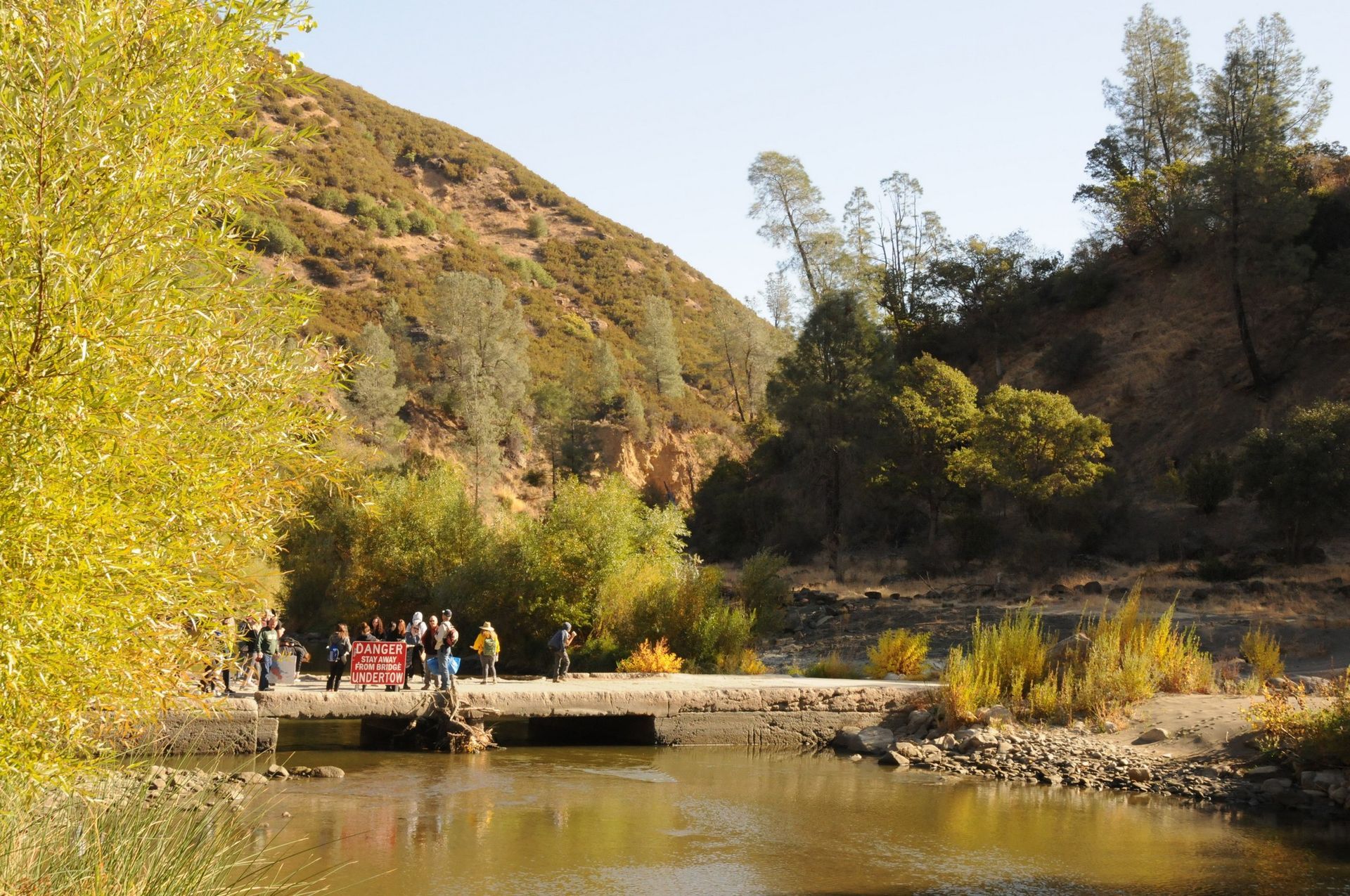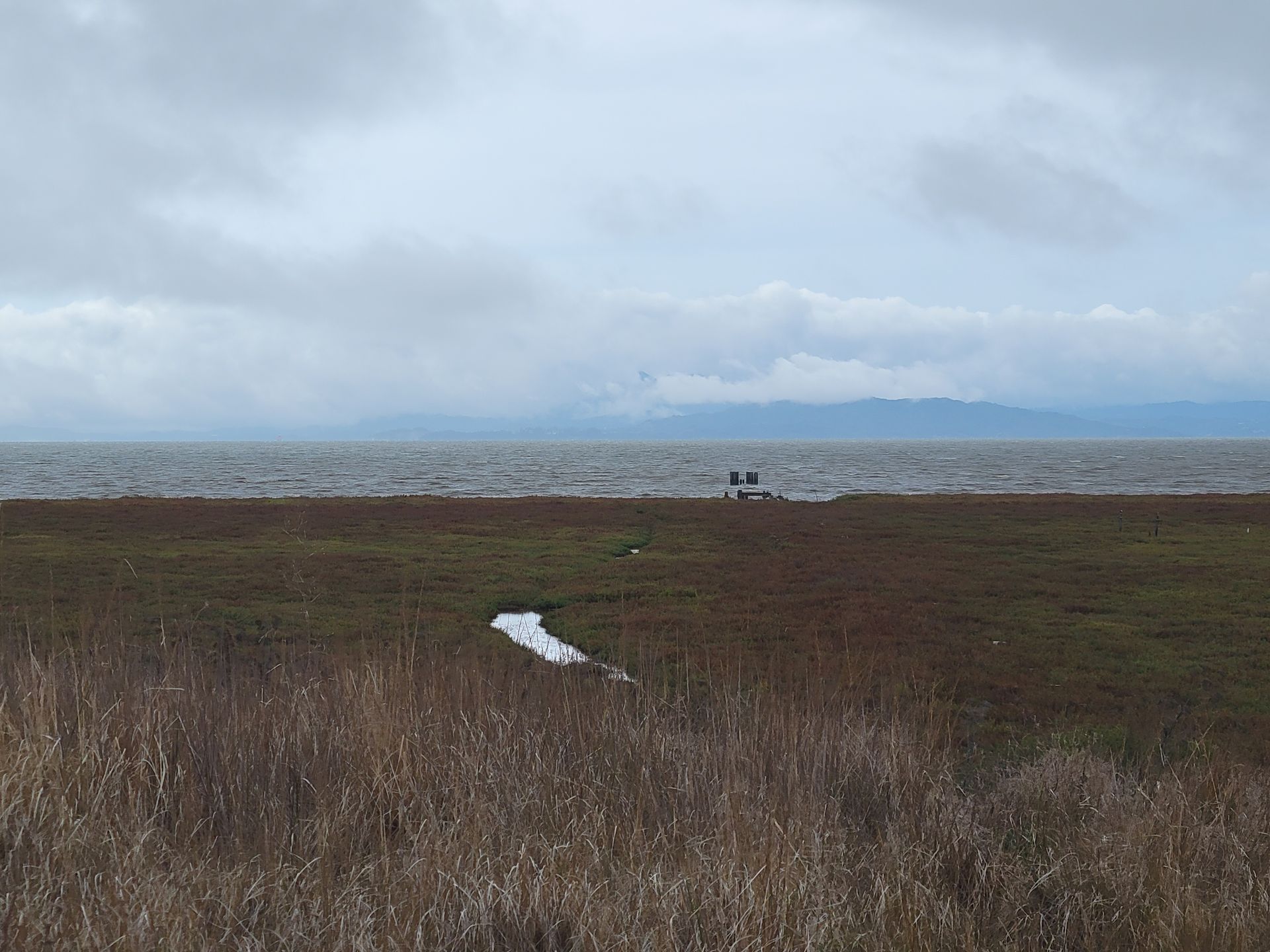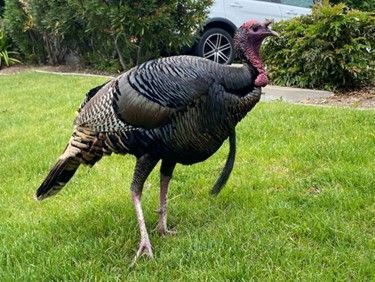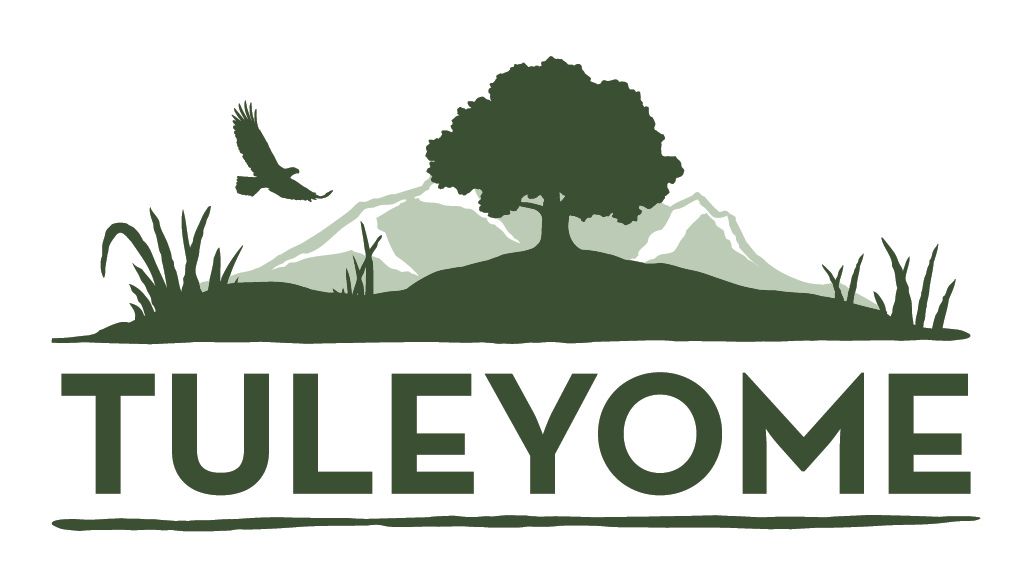Monumental Questions - Cache Creek Bridge Brings Opportunity for Recreational Renewal

The old bridge over Cache Creek, which only allowed foot traffic, has been replaced!
With news that the Road 40 (aka. Rayhouse Road) bridge over Cache Creek is complete, it is important that people realize both the opportunities as well as the challenges that come with it being almost 14 years since the original bridge was condemned. One of the issues with areas that have reduced public and maintenance access over such a long time is that many if not all of the people in charge of management of the area have moved on or in some cases, have passed away. Their successors won’t necessarily know the backstory of an area and what needs to take place after the access issue has been resolved. They, and even much of the general public, won’t know the historical context of the area and may only be familiar with the current conditions, not how the area was before the bridge was condemned.
Though not yet a National Monument, in 2008 the Fiske Creek canyon area of the Blue Ridge in Yolo County was a hub of recreation opportunity for residents of the region. Yolo County has the Lower Cache Canyon Regional Park day use area next to the creek where the rebuilt bridge crosses. Before 2008, BLM actively managed the canyon lands as well as a number of trails, including the Blue Ridge Trail north and south, Fiske Creek Trail, and Frog Pond Trail. There was a primitive camp at the south end of the Fiske Creek Trail along Fiske Creek Road, complete with concrete fire pit and picnic table. The Blue Ridge South Trailhead was reachable by 2-wheel drive car back then. Buck Island campground, a remote wilderness camp along Cache Creek at the end of Langs Peak Road was a draw for family camping. BLM invested hundreds of thousands of dollars into the Buck Island campground and it features two precast concrete restrooms. Buck Island was also the put-in for two rafting concessions, allowing them to run two-day wilderness trips that explored different parts of the river between days.
Then, in 2008, Caltrans condemns the low-water bridge over Cache Creek as the footings are undermined. This is also the year of the financial crisis, so Yolo County, no longer able to cross the bridge with a road grader, opts to cease maintenance of Rayhouse Road. BLM, also unable to cross the bridge and with Rayhouse Road now unmaintained, can no longer get a road grader to the upper areas to maintain Fiske Creek Road and Langs Peak Road to Buck Island. BLM can’t get inmate crews up to the Fiske Creek Trail or Blue Ridge Trail South trailhead, as busses can no longer travel over the bridge or the unmaintained Rayhouse Road. Volunteer crews can’t feasibly access the Fiske Creek and Blue Ridge South trailheads to maintain the trails, as they are many miles away and the day would be done by the time one was able to walk the old road to the trailhead.
This inability to cross the bridge, which led to lack of maintenance on the dirt Rayhouse Road, begins the downward spiral of recreation opportunities and management. Rayhouse Road suffers from massive erosion as winter rains and runoff plug the culverts, causing flow across the road and vertical eroded edges where it travels down the bank. The same thing happens on BLM’s Fiske Creek Road and Langs Peak Road, rendering them impassible. Lacking the maintenance from inmate and volunteer crews due to vehicle inaccessibility, Blue Ridge Trail south of Fiske Peak becomes overgrown and almost impassable. Fiske Creek Trail suffers the same, with overgrown brush making it very difficult find and to follow. Buck Island, now only accessible by motorcycle or quad and no longer having active ranger patrols, begins to see vandalism. The rafting concessions lose a quarter of their business, as they can no longer offer the 'wilderness' overnight trip. Marijuana growers move into Fiske Creek Canyon and near New Cacheville, as the Sheriff no longer patrols the area. Several fires, including the 2009 Oasis fire and 2015 Rocky and Jerusalem fires are difficult to access due to the lack of a bridge. A portable pontoon bridge is installed to allow firefighting efforts during the 2015 fires as well as the 2018 County fire. CalFire grades Rayhouse Road, but only for fire suppression efforts during those events, so it washes out immediately after the rains begin as the grading is not performed with longevity in mind.
Yolo County and Tuleyome began pushing for bridge replacement almost immediately after it was condemned in 2008, but it was the subsequent fires that made the bridge a priority. Thanks to our State Representatives, funding was secured for the design and replacement of the bridge. In 2020, construction is began on a replacement and the bridge has just been opened!
The bridge replacement gives us the opportunity to restore management and recreation opportunities in the Fiske Creek Canyon area of the Berryessa Snow Mountain National Monument.
There are opportunities such as:
*Yolo County can now access Rayhouse road and resume maintenance
*BLM can restore maintenance of Fiske Creek Road and Langs Peak Road, now that Rayhouse Road will be again accessible
*Once Fiske Creek Road is restored, Fiske Creek Trail and Blue Ridge Trail south can be brushed, re-opening the trails for the public.
*Frog Pond Trail can be rebuilt after damage from CalFire during the County Fire last summer.
*Fiske Creek Campground can be re-opened.
*Buck Island will again be usable for the general public via access from Highway 16.
However, with an almost entirely new BLM and County staff, there isn’t an internal push to repair and re-open all of the trailheads, campgrounds, and access roads that can be restored after the bridge is replaced. It is up to us to advocate for repair and restoration of this amazing recreational resource, and let our leaders and land managers know we want to regain what we had 14 years ago.
This area is a substantial part of the National Monument, the only part of the monument accessible within Yolo County, and is a beloved public resource. I am hoping the replacement of the bridge spurs both conversation and action between BLM, Yolo County, and non-profit groups like Tuleyome, to prepare for future public use of the area. A plan is needed to deal with the increased public access that will result from the bridge begin restored. Working together, we can make the area like it was prior to 2008, or even better! With restored public recreational access, and with access for ranger and sheriff patrols, the public and natural resources will benefit from completion of the new Road 40 bridge over Cache Creek!
-Andrew Fulks
Tuleyome Advisory Council Member
RECENT ARTICLES






